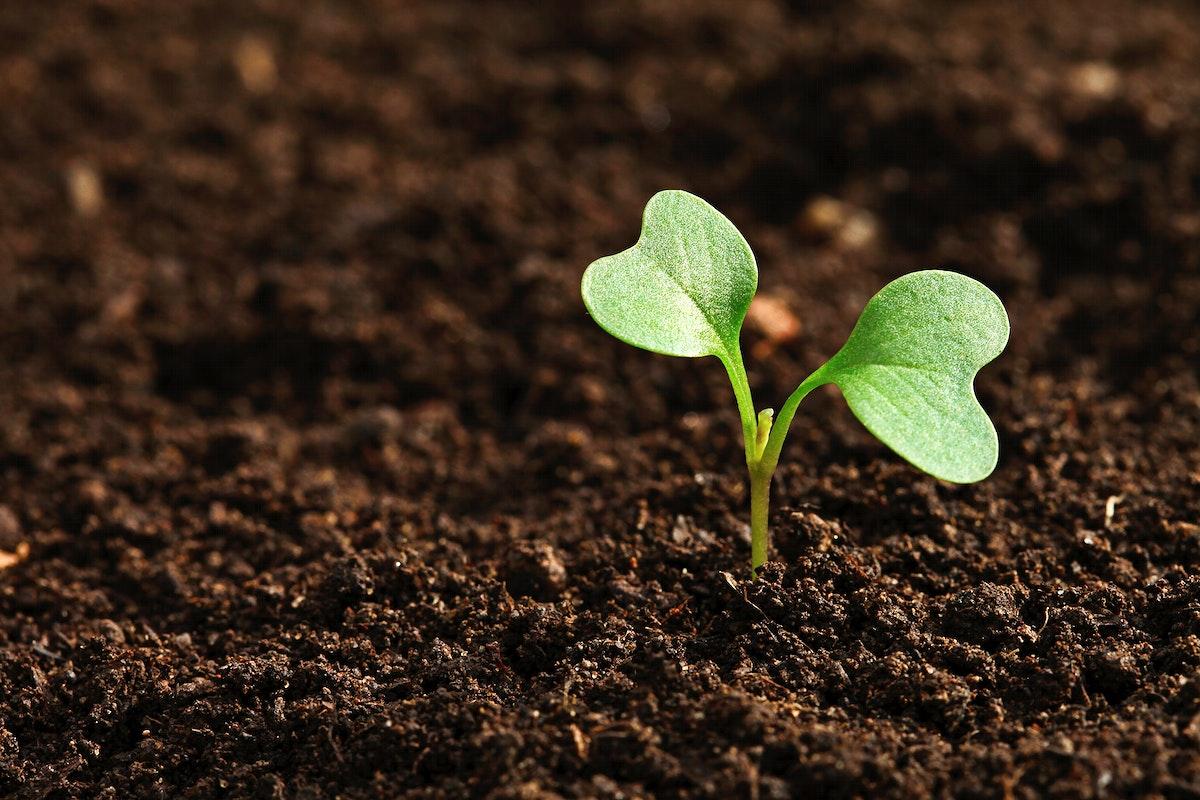
The Work of a Worm
This lesson provides the students an opportunity to learn hands-on. They work as a worm biologist or Annelidologist, observing how the external features of the worm, such as its segmented body and head, help it move and interact with its environment. Students will create and maintain a habitat, observe the behavior and adaptations that the worms have and investigate the process of decomposition.
Lesson Grade Level
3rd GradeLesson Plan Link/URL
https://docs.google.com/presentation/d/1jMWcGNzftAO91Gt9trbljU_7SBnMCaq8/edit?u…Subject Area
Science Earth and Space Science Life Science L1: Cells L2: Organisms & Energy Engineering S4: Apply Science to Engineering Mathematics Measurement and Data (MD) English Language Arts (ELA) Reading (Literature) Reading (Informational Text) Writing Speaking & ListeningRelated Content

In this lesson the students will explore the formation of rocks as the result of the flow of energy and cycling of matter within Earth.

This first grade lesson includes the life cycle and survival of a seed. Students will participate in observing the life cycle of a seed, asking questions, writing about the life cycle, and listening

What are the parts of a plant? What is pollination? What parts are involved in pollination? What happens when a bee or another pollinator flies from flower to flower? Why is pollination important? How